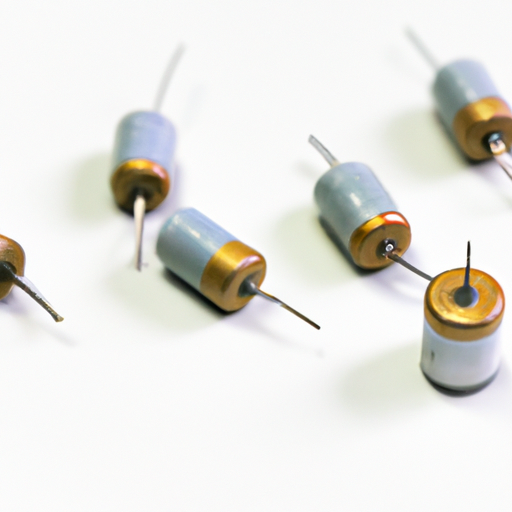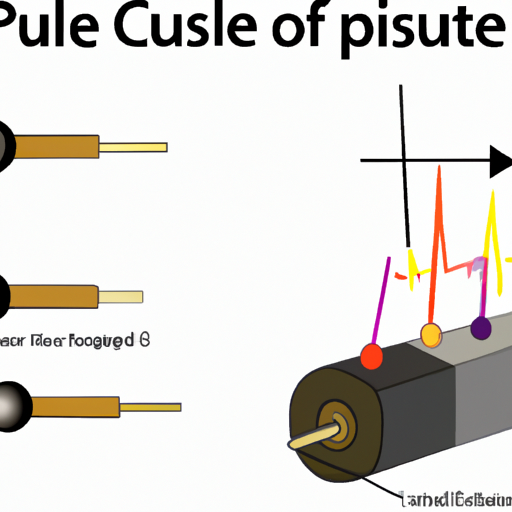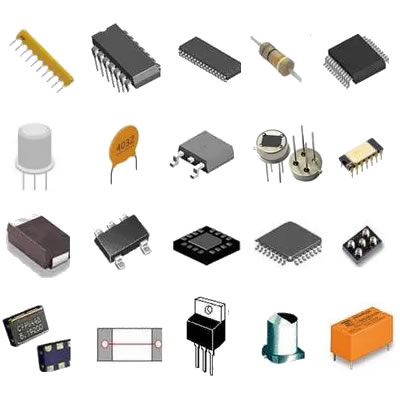What are the market policies for supercapacitor structures?
Market Policies for Supercapacitor Structures
I. Introduction
Supercapacitors, also known as ultracapacitors or electrochemical capacitors, are energy storage devices that bridge the gap between traditional capacitors and batteries. They store energy through electrostatic charge separation, allowing for rapid charge and discharge cycles. As the demand for efficient energy storage solutions grows, supercapacitors have gained prominence in various applications, including electric vehicles, renewable energy systems, and consumer electronics. This blog post explores the market policies affecting supercapacitor structures, highlighting the regulatory frameworks, intellectual property considerations, trade policies, and sustainability initiatives that shape this dynamic industry.
II. Global Market Overview
The global supercapacitor market has witnessed significant growth in recent years, driven by the increasing demand for energy storage solutions that offer high power density, long cycle life, and rapid charging capabilities. According to industry reports, the market is projected to grow at a compound annual growth rate (CAGR) of over 20% in the coming years. Key players in the supercapacitor market include Maxwell Technologies, Panasonic, and Nesscap, among others. These companies are investing heavily in research and development to enhance the performance and reduce the costs of supercapacitor technologies.
III. Regulatory Framework
A. Overview of International Regulations
The supercapacitor industry is subject to various international regulations that govern environmental impact and safety standards. These regulations are crucial for ensuring that supercapacitors are manufactured and disposed of in an environmentally responsible manner. For instance, the European Union's REACH (Registration, Evaluation, Authorisation, and Restriction of Chemicals) regulation mandates that manufacturers assess the risks associated with chemical substances used in supercapacitor production.
B. Regional Policies
1. North America
In North America, regulatory bodies such as the Environmental Protection Agency (EPA) enforce regulations that impact the manufacturing processes of supercapacitors. The focus is on reducing hazardous waste and promoting sustainable practices. Additionally, safety standards set by organizations like Underwriters Laboratories (UL) ensure that supercapacitors meet specific performance and safety criteria.
2. Europe
Europe has been at the forefront of implementing stringent environmental regulations. The EU's Waste Electrical and Electronic Equipment (WEEE) directive encourages the recycling of electronic components, including supercapacitors. Manufacturers must comply with these regulations to minimize their environmental footprint.
3. Asia-Pacific
The Asia-Pacific region, particularly countries like China and Japan, is rapidly expanding its supercapacitor market. Governments in this region are implementing policies to promote clean energy technologies, which include incentives for supercapacitor development. However, regulatory frameworks can vary significantly between countries, affecting market dynamics.
C. Impact of Regulations on Supercapacitor Manufacturing and Design
The regulatory landscape significantly influences the design and manufacturing processes of supercapacitors. Compliance with environmental and safety regulations often requires manufacturers to invest in advanced technologies and sustainable materials. This can lead to increased production costs but also drives innovation in the industry.
IV. Intellectual Property and Patent Policies
A. Importance of Intellectual Property in the Supercapacitor Market
Intellectual property (IP) plays a critical role in the supercapacitor market, as it protects innovations and encourages investment in research and development. Companies that hold patents for novel supercapacitor technologies can gain a competitive edge and secure their market position.
B. Overview of Patent Trends and Key Patents
Recent years have seen a surge in patent filings related to supercapacitor technologies. Key patents cover advancements in materials, manufacturing processes, and design configurations. For instance, patents related to graphene-based supercapacitors have gained attention due to their potential for higher energy density and improved performance.
C. Challenges and Opportunities in Patenting Supercapacitor Technologies
While the patent landscape presents opportunities for innovation, it also poses challenges. The rapid pace of technological advancement can lead to overlapping patents, resulting in potential legal disputes. Companies must navigate this complex landscape to protect their innovations while fostering collaboration within the industry.
V. Trade Policies and Tariffs
A. Overview of Trade Agreements Affecting Supercapacitors
Trade policies and agreements significantly impact the supercapacitor market, particularly in terms of material sourcing and component manufacturing. Free trade agreements can facilitate the movement of goods across borders, reducing costs for manufacturers and consumers.
B. Tariffs and Their Impact on the Cost of Materials and Components
Tariffs imposed on imported materials and components can increase production costs for supercapacitor manufacturers. For example, tariffs on raw materials like activated carbon or conductive polymers can lead to higher prices for end products, affecting market competitiveness.
C. Global Supply Chain Considerations
The global supply chain for supercapacitors is complex, involving multiple stakeholders across different regions. Disruptions in the supply chain, such as those caused by geopolitical tensions or natural disasters, can impact the availability of critical materials and components, leading to delays in production and increased costs.
VI. Incentives and Subsidies
A. Government Incentives for Research and Development
Many governments recognize the importance of supercapacitors in advancing clean energy technologies and are offering incentives for research and development. Grants, tax credits, and funding programs are designed to encourage innovation and support companies working on next-generation supercapacitor technologies.
B. Subsidies for Manufacturers and Consumers
Subsidies can play a crucial role in promoting the adoption of supercapacitors. For instance, governments may provide financial support to manufacturers to lower production costs or offer incentives to consumers for purchasing electric vehicles equipped with supercapacitors.
C. Impact of Incentives on Market Growth and Innovation
Incentives and subsidies can significantly accelerate market growth and drive innovation in the supercapacitor industry. By reducing financial barriers, these policies encourage companies to invest in new technologies and expand their production capabilities.
VII. Sustainability and Environmental Policies
A. Role of Sustainability in Supercapacitor Development
Sustainability is becoming increasingly important in the development of supercapacitors. Manufacturers are exploring eco-friendly materials and production processes to minimize their environmental impact. This shift is driven by both regulatory requirements and consumer demand for sustainable products.
B. Environmental Impact Assessments and Compliance
Environmental impact assessments (EIAs) are essential for evaluating the potential effects of supercapacitor manufacturing on the environment. Compliance with EIA regulations ensures that companies identify and mitigate any adverse impacts associated with their operations.
C. Circular Economy Initiatives and Recycling Policies
The concept of a circular economy is gaining traction in the supercapacitor industry. Companies are exploring recycling initiatives to recover valuable materials from end-of-life supercapacitors, reducing waste and promoting resource efficiency. Policies that support recycling and waste management are crucial for fostering a sustainable supercapacitor market.
VIII. Future Trends and Challenges
A. Emerging Technologies and Innovations in Supercapacitors
The supercapacitor market is poised for significant advancements, with emerging technologies such as solid-state supercapacitors and hybrid energy storage systems gaining attention. These innovations promise to enhance energy density, safety, and overall performance.
B. Anticipated Changes in Market Policies
As the supercapacitor market evolves, we can expect changes in market policies to address emerging challenges and opportunities. Policymakers may introduce new regulations to promote sustainability, enhance safety standards, and support innovation in energy storage technologies.
C. Challenges Facing the Supercapacitor Market
Despite the promising outlook, the supercapacitor market faces challenges, including competition from alternative energy storage technologies, fluctuating raw material prices, and the need for continued investment in research and development. Addressing these challenges will be crucial for the long-term success of the industry.
IX. Conclusion
In summary, the market policies for supercapacitor structures play a vital role in shaping the industry's landscape. From regulatory frameworks and intellectual property considerations to trade policies and sustainability initiatives, these factors influence the development, manufacturing, and adoption of supercapacitors. As the demand for efficient energy storage solutions continues to grow, it is essential for stakeholders to navigate the complex policy environment to drive innovation and ensure a sustainable future for the supercapacitor market.
X. References
1. Academic journals on energy storage technologies.
2. Industry reports from market research firms.
3. Government publications and policy documents related to energy storage and environmental regulations.
This comprehensive overview of market policies for supercapacitor structures highlights the critical factors influencing this rapidly evolving industry, providing insights for stakeholders and policymakers alike.






